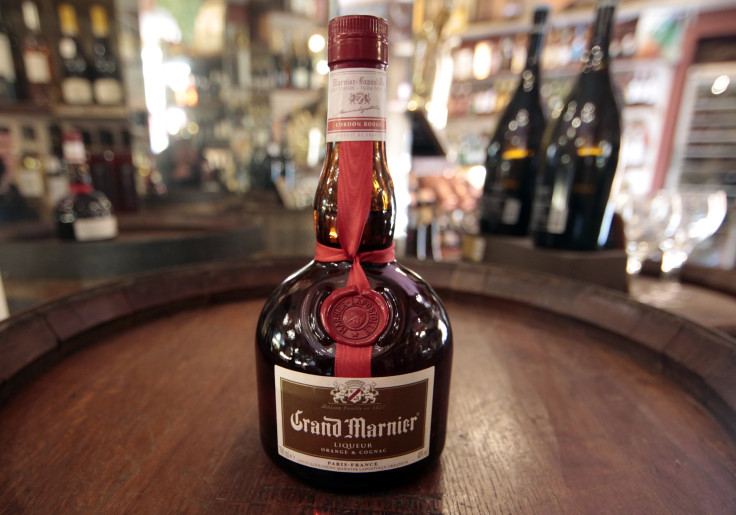Save the wine: Great wine-making regions may soon perish; Climate change severely affecting wine production

Wine connoisseurs and admirers would be greatly disheartened to hear that climate change may severely hamper wine production in the long run, a study has revealed. The honeymoon period of European wine, brought about by rise in global temperatures, will not last forever. The European wine industry has seen an upsurge in recent years as a rise in global temperatures has made it possible to harvest better quality grapes.
However, according to the study, climate change will also cause harvest time to be pushed back further and further due to hot spells lasting longer and longer. This will kill the crops or damage them severely, writes Independent.
The best western European wines are produced during hot summers when heavy rains follow end-of-season droughts. Indian summers dry out the soil by reducing surface moisture. This makes the grapes ready for harvest. The soil dries out quicker with the rise in temperature and wine-growers don’t need droughts so much.
The study was published in the journal Nature and was carried out by Columbia University’s Lamont-Doherty Earth Observatory researchers and Nasa Goddard Institute for Space Studies researchers. They found out that harvest was two weeks later in France 1980 onwards when compared to the 400-year average.
“That may be a good indicator of where we're headed. If we keep pushing the heat up, vineyards can't maintain that forever,” said Harvard University ecologist Prof. Elizabeth Wolkovich.
If the heat keeps rising, famous wine-growing regions such as California and France won’t be able to continue wine production. Production will have to shift to other regions like Canada and China.
Great wine depends on a variety of factors, some of them include harvesting practises, grape variety, vineyard’s slope, soil and climate. Weather is a big factor in yielding great crop. Ideally the best years have heavy spring rains followed by very hot summers and late season drought.





















